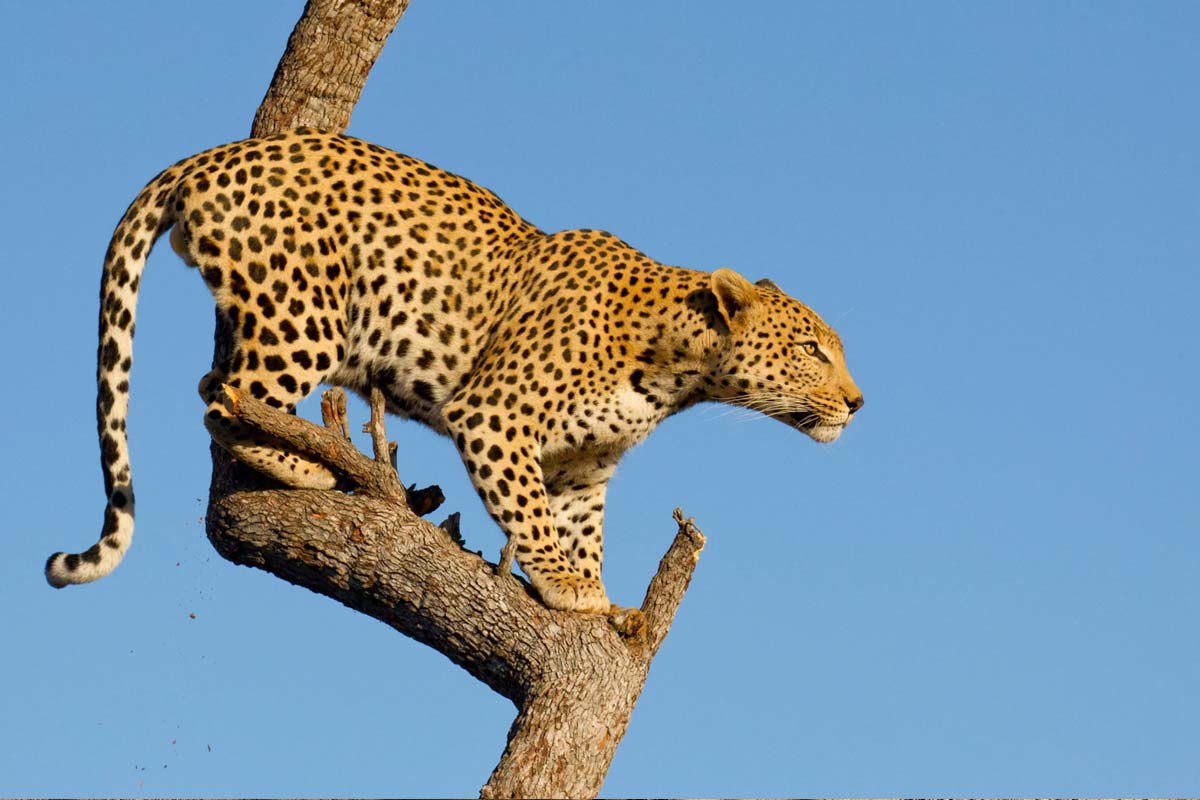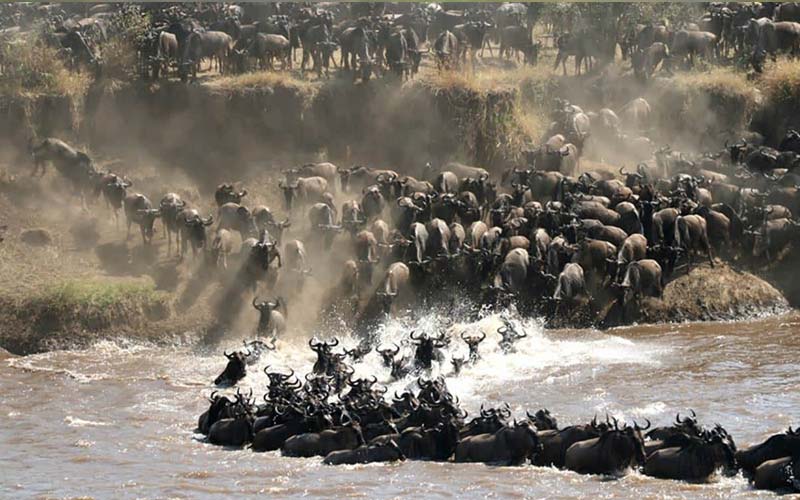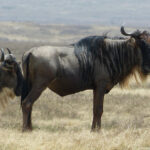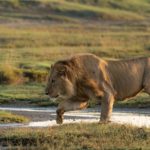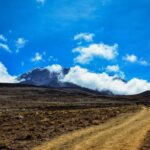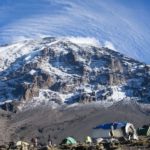The Best Time for a Tanzania Safari
Among the most frequently asked questions by travelers is,’ When is the optimal time to embark on a safari in Tanzania?’
While certain periods witness heightened tourist activity, the ideal timing hinges on individual preferences. Delve deeper to uncover the perfect season for your Tanzanian adventure, tailored to your unique tastes and travel inclinations.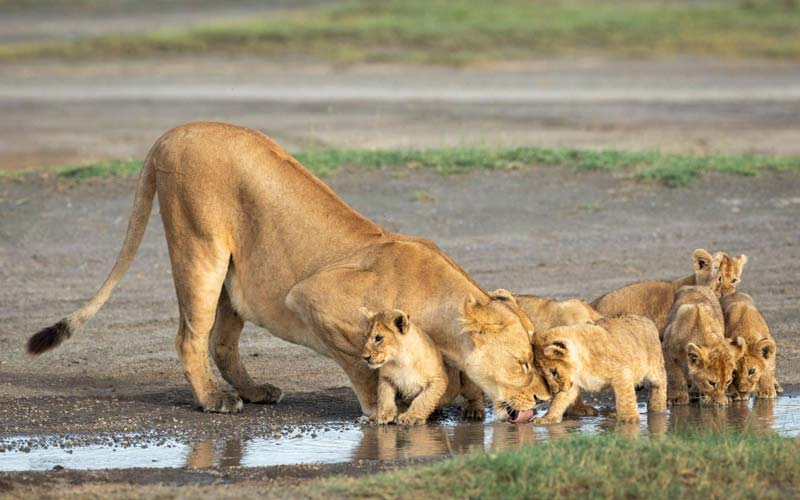
Weather in Tanzania
Unlike other destinations with distinct summer, winter, fall, and spring seasons, Tanzania’s unique location near the equator and the Indian Ocean results in equatorial and tropical weather patterns.
Tanzania experiences two distinct seasons: wet and dry. The wet season brings rain, while the dry season is characterized by sunny and occasionally hot weather. Below, we delve into the advantages and disadvantages of each season.
When planning your safari dates, bear in mind that Tanzania’s weather generally aligns with these seasons. Nevertheless, it’s not uncommon to encounter sunny afternoons following morning showers in the wet season, and occasional rain showers during the dry season.
The seasons in Tanzania
When is the best time to visit Tanzania?
Any time of year presents an incredible opportunity for an unforgettable African safari in Tanzania. Your personal preferences dictate the ideal timing for your adventure.
If you crave a unique and intimate safari experience, with fewer crowds and a sense of exclusivity, the wet season may be perfect for you.
For those enchanted by vibrant natural hues and optimal weather conditions, October or November offers landscapes adorned with nature’s vibrant colors.
Dreaming of witnessing the iconic river crossings of the Serengeti’s Great Migration amidst the dry season? Plan your visit for July or August to witness this breathtaking spectacle.
Tanzania’s wildlife is in perpetual motion, and its national parks teem with life year-round. Every month holds its magic, offering unparalleled opportunities to immerse yourself in the wonders of this remarkable country. Choose the timing that resonates with you, and prepare to be captivated by Tanzania’s stunning landscapes and thrilling wildlife encounters.

